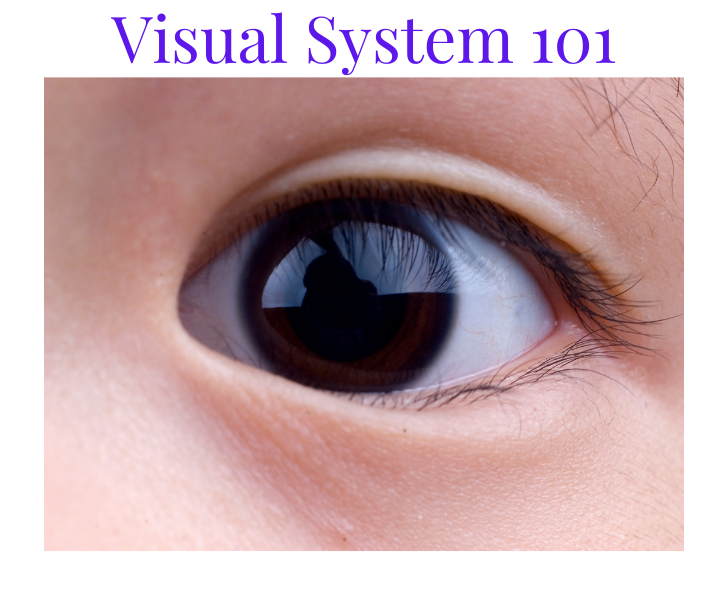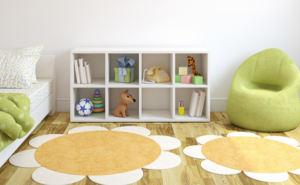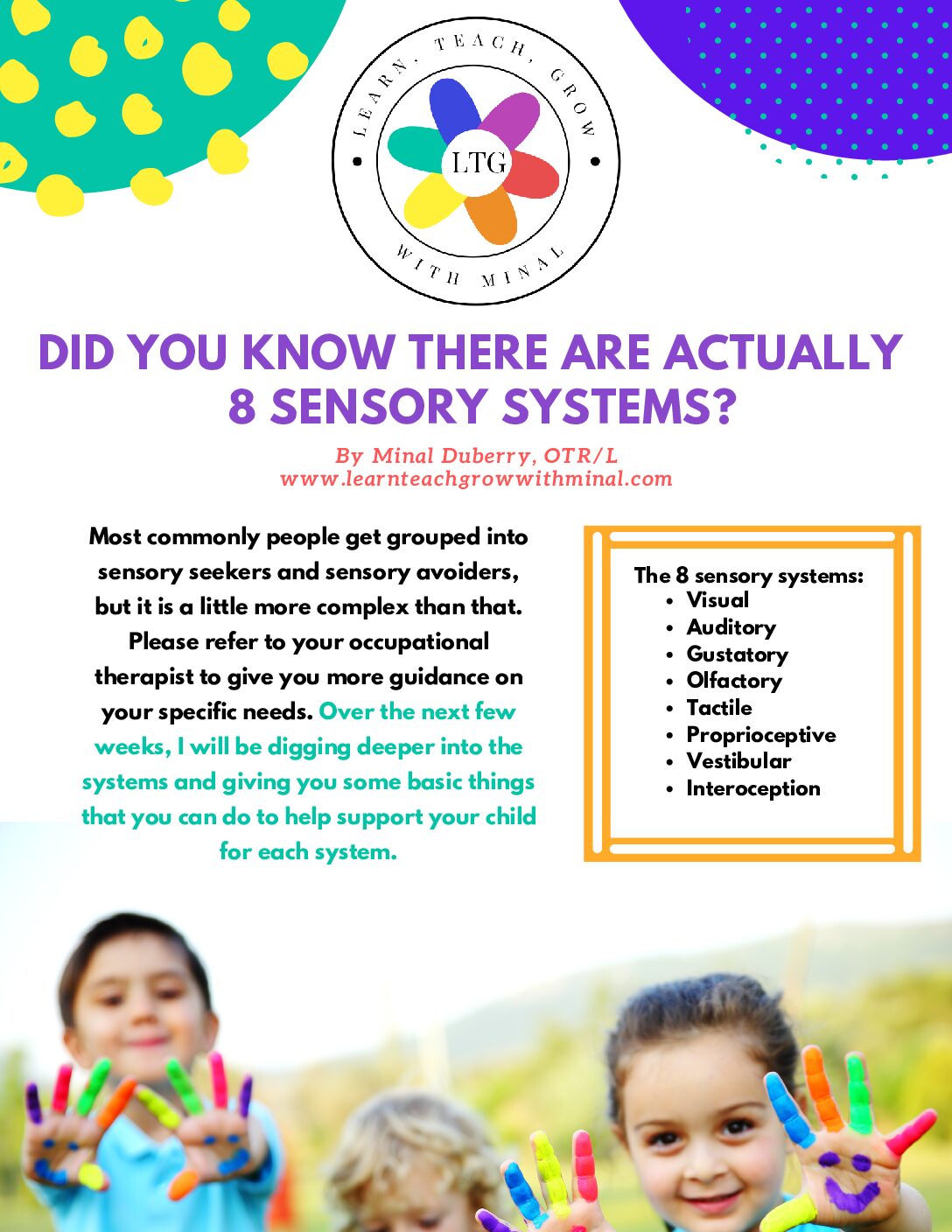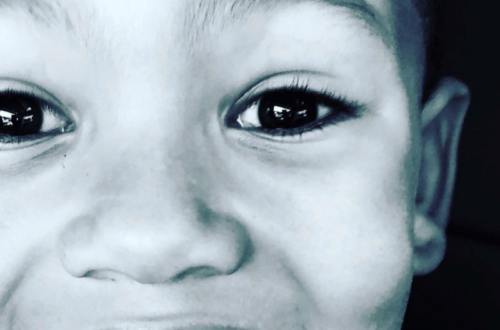
Visual System 101

The first system that we will explore is the visual system. We are all familiar with what we use the visual system for–to SEE right! Yes, but of course, it is more complex than that. Let’s start out by first discussing the official role of this system. This system is responsible for taking in visual stimulation sensed and processed by the eyes and brain. It is not only what we see but also understanding if what we are seeing is safe or harmful, and how much we need to pay attention to it. The brain is consistently filtering images in our environment to help us weave components of images together and focus in on what is most important. Could you imagine if your brain did not do this we would see every single leaf on tree as we are walking or driving, which would make it impossible to do these tasks safely. If you take a moment right now to stop and look around the space you are in and really look at all the fine details you will realize how much you move these details in the foreground so you can focus in on what is important to you at the time. It is the same reason why as a therapist I always recommend parents remove more than half the toys in a play space so the child can see all the individual toys instead of everything as a grouping. You can always rotate the toys so they become fresh and new again for your child. 
So what happens when there is dysfunction in this system? It can present in sensitivity to light, difficulty tracking words on a page or chalkboard, overstimulation from visual input, such as getting very close to video screens , becoming hyper focused on lines from railings or details on a wall, poor eye hand coordination, easily distracted by classroom decorations or pictures on bulletin board. These are just some examples but clearly not a complete list. Some children that are stimulated by visual input can often want to engage in repetitive visual stimuli, i.e. ,watching something spin over and over again, watching the same video clip multiple times in a row. This stimulation is fulfilling a need in this child and it is important to try to understand the motivation behind it and what purpose it is serving in the child before trying to replace it with something more purposeful. This is a skill set that occupational therapists have and have been trained in so it is important to consult with a licensed therapist in your state for your specific needs. 
For children that visual input tends to be too overwhelming, one might see the child looking out of their peripheral vision to engage with the world, avoiding eye contact, becoming upset when they see too many lights, or when they are in new environments as it can be overwhelming.
So what are some simple things that you can do once you figure out the need that the visual input or lack of input is fulfilling?
Simple Activities to Strengthen System:
- Reduce visual stimulation in room by having only a few toys, books, etc out in visual view
- Pay attention to if your child becomes highly excited by light up toys or wants to play the same portion of a video over and over and attempt to redirect them to a moving toy, such as a pinwheel or lava lamp or use falling water or dry rice pouring out of a cup
- Play flashlight games
- Use a vertical surface, such as an easel to help bring work closer and reduce the amount the child has to look down.
- Playing catch, rolling ball, or simple Simon Says activities
Please let me know in the comments below what has worked for you in the past and please feel free to contact me if you have questions!
Don’t forget to grab your free printable on the visual system! Tune in next week when we talk about the Auditory System. Talk to you then!


You May Also Like

Tactile System 101
October 19, 2022
The Gustatory System 101
October 25, 2021